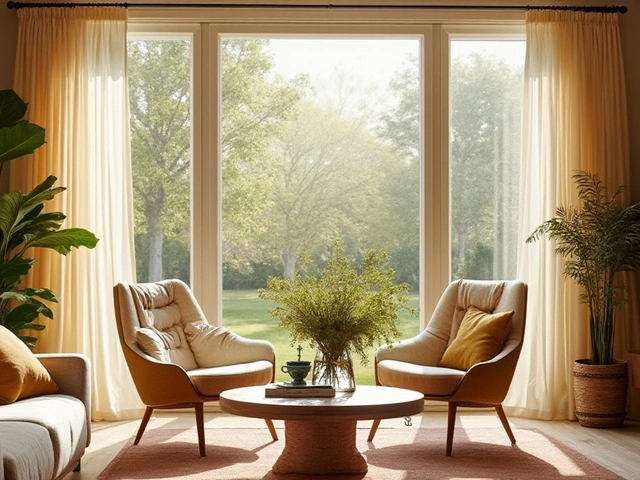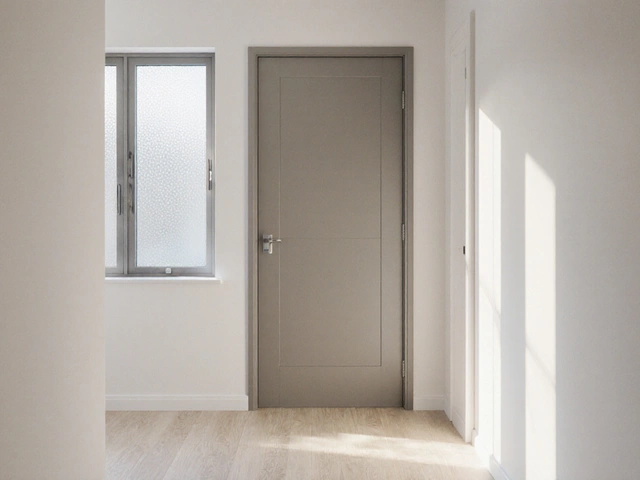Wood in Construction and Interiors: Types, Uses, and Design Tips
When you think of a solid, warm home, you’re probably thinking of wood, a natural building material valued for its strength, beauty, and versatility in both structure and finish. Also known as timber, it’s been the backbone of homes for centuries—and it’s still the go-to for custom builds, renovations, and high-end interiors today. Whether it’s framing a wall, laying a floor, or crafting a custom cabinet, wood brings something no synthetic material can: character that ages gracefully.
Not all wood is the same. hardwood, a dense, slow-growing wood like oak, walnut, or maple, often used for flooring and cabinetry lasts longer and holds up better under heavy use. Then there’s softwood, a lighter, faster-growing option like pine or spruce, commonly used for framing and trim. Builders choose based on cost, durability, and look. And don’t forget engineered wood—layers of real wood bonded together for stability. It’s perfect for areas with moisture, like kitchens and bathrooms, and it’s a smart alternative to solid wood when budget or environment is a concern.
Wood doesn’t just build structures—it defines spaces. A dark walnut door can turn a hallway into a statement. Reclaimed barn wood on a feature wall adds history and warmth. Even simple wooden shelves can make a room feel lived-in and personal. That’s why interior designers keep coming back to it. It pairs well with metal, stone, and glass, and it works in modern, rustic, or traditional styles. Plus, when sourced responsibly, it’s one of the most sustainable choices in construction.
You’ll find wood in nearly every post here—from kitchen remodels that use custom oak cabinets to bathroom renovations where teak is chosen for its water resistance. Some posts dig into how wood behaves over time—does it warp? How do you stop it from cracking? Others show how to pick the right finish, whether you want a matte, satin, or high-gloss look. There’s even advice on how to match wood tones across rooms so your home feels connected, not chaotic.
It’s not just about looks. Wood has real performance benefits. It’s a natural insulator, which means homes with wooden floors and walls stay warmer in winter and cooler in summer. It’s easier to repair than drywall or tile—a scratch can be sanded out, not replaced. And when you’re working with a limited budget, wood often gives you the biggest bang for your buck in terms of perceived quality.
From the framing of a new build to the final trim on a renovated bathroom, wood is everywhere. And if you’re planning any kind of home project—big or small—you’ll need to understand how to use it right. Below, you’ll find real-world guides on where wood works best, what to avoid, and how to make it last. No fluff. Just clear, practical advice from people who’ve done the work.
Top 10 Construction Materials Used Today
Looking for the best materials to build something solid? This guide breaks down the 10 most common construction materials, detailing what they’re used for and what makes each of them a go-to choice. Whether it’s strength, cost, or durability you care about, you’ll find specifics for every material. Plus, get practical tips to help you decide what to use for your next project. No confusing lingo—just real advice to get you started.





